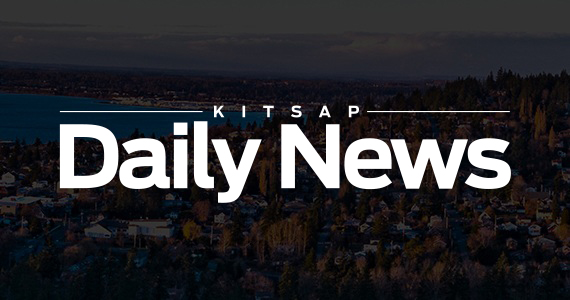High Point, a marijuana retail store, will open its doors on March 3
On Nov. 8, our Tribe laid to rest Gerald “Jake” Jones, a man who was a mentor and inspiration to…
As a father and as the chairman of the Port Gamble S’Klallam Tribe, I take a keen interest in our…
Port Gamble Bay cleanup is now complete | Noo-Kayet Our Village
The Kitsap Forest & Bay Project, which I’ve discussed before, is a conservation effort targeting 6,700 acres of land in…
Since 2013, the Port Gamble S’Klallam Tribe’s Re-Entry Program has given second chances through empowerment and by believing in the best in people.
The beginning of a New Year is always a good time to reflect on the year that has just passed and, I’m proud to say, 2015 will go down in history as one of great accomplishments for the Port Gamble S’Klallam Tribe.
Long before I became chairman, an effort was underway within my Tribe to restore Port Gamble Bay back to health and vitality. The bay, in many ways, is a cultural and historical heart for my Tribe, in that it is a direct connection to the ancestral village that once existed at Port Gamble. My Tribal ancestors have lived on the shores of Port Gamble Bay for at least 1,000 years.
The practice of accessing and harvesting important Tribal resources, such as fish and wildlife, is an integral part of the identity for Pacific Northwest Tribes and their associated treaty rights.
For salmon, the 1974 Boldt decision reaffirmed these fishing rights while, at the same time, placing responsibility for co-management of these resources with the state and tribes.
In October 2014, the digging of a waterline ditch at Point Julia uncovered a bit of Port Gamble S’Klallam Tribe history.
What the Tribal members working on that trench found was a dense layer of midden, which is a large human-created debris pile that often accumulated over several generations.
Becently, I was notified by The Potlatch Fund — a nonprofit group serving Native communities — that I have been chosen to receive the Billy Frank Jr. Natural Resource Protection Leadership Honoring Award.
In June, my Tribe, the Port Gamble S’Klallam (PGST), kicked off the Port Gamble Bay Debris Removal Project, cleaning up garbage and debris from private and public beaches and shorelines.
We take our role as environmental stewards seriously and continue to rely on the land and the sea.
On July 13, thousands will see the end of an epic journey.
Billy was a leader, a tireless advocate, a warrior, and a legend. His passion and energy will be missed by many, not the least of which the Northwest Indian Fisheries Commission
Native people have always been adaptive. We’ve had to be. It is this flexibility that has allowed the S’Klallam to survive.
In last month’s column, I wrote of early S’Klallam history, which is a natural segue to Port Gamble, its mill and our shared, if sometimes uneasy, history.
No matter the person or place, I am routinely asked about my Tribe and our culture, about our history and life on the reservation today, and how our government operates and why we make the decisions we do.
I’m proud to announce that the first phase — a skatepark — is now complete
Kitsap’s independent shops find ways to remain competitive in the modern literary economy.
The prosperity of tribes also impacts the health, safety, and quality of life of the communities in which they live
A few weeks back, for only the second time in at least a generation, my Tribe celebrated a tradition called Return of the Salmon.
On July 20, canoes taking part in the annual Canoe Journey will land on the beach at Point Julia.
Over the past decade, there have been a lot of milestones for the Port Gamble S’Klallam.


